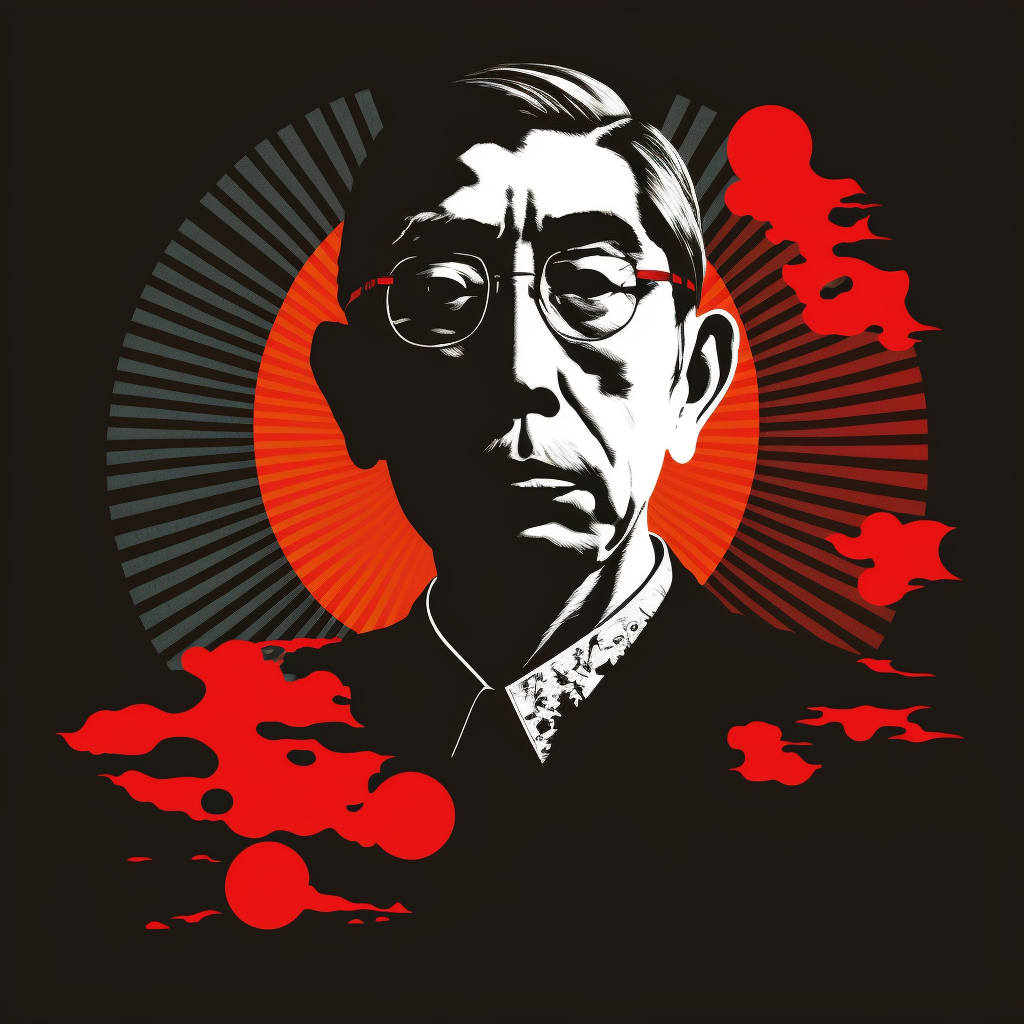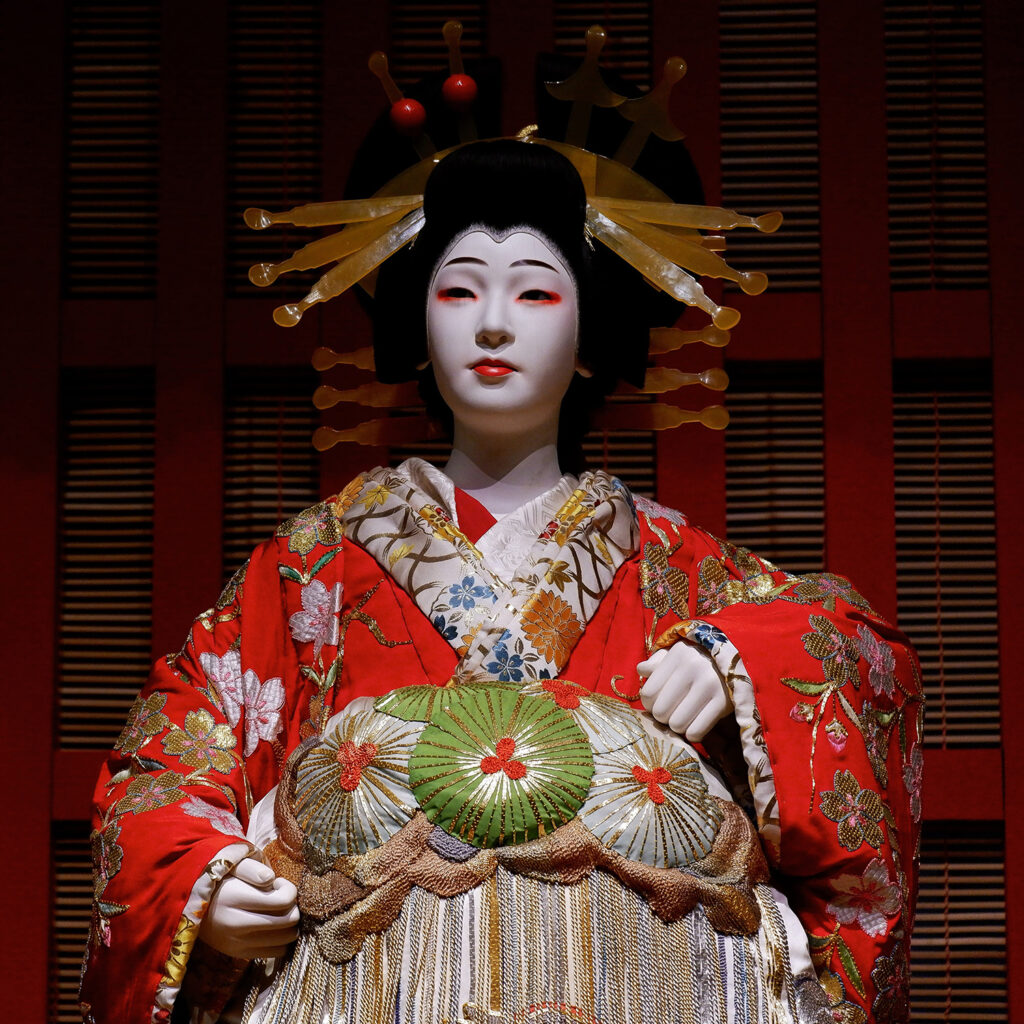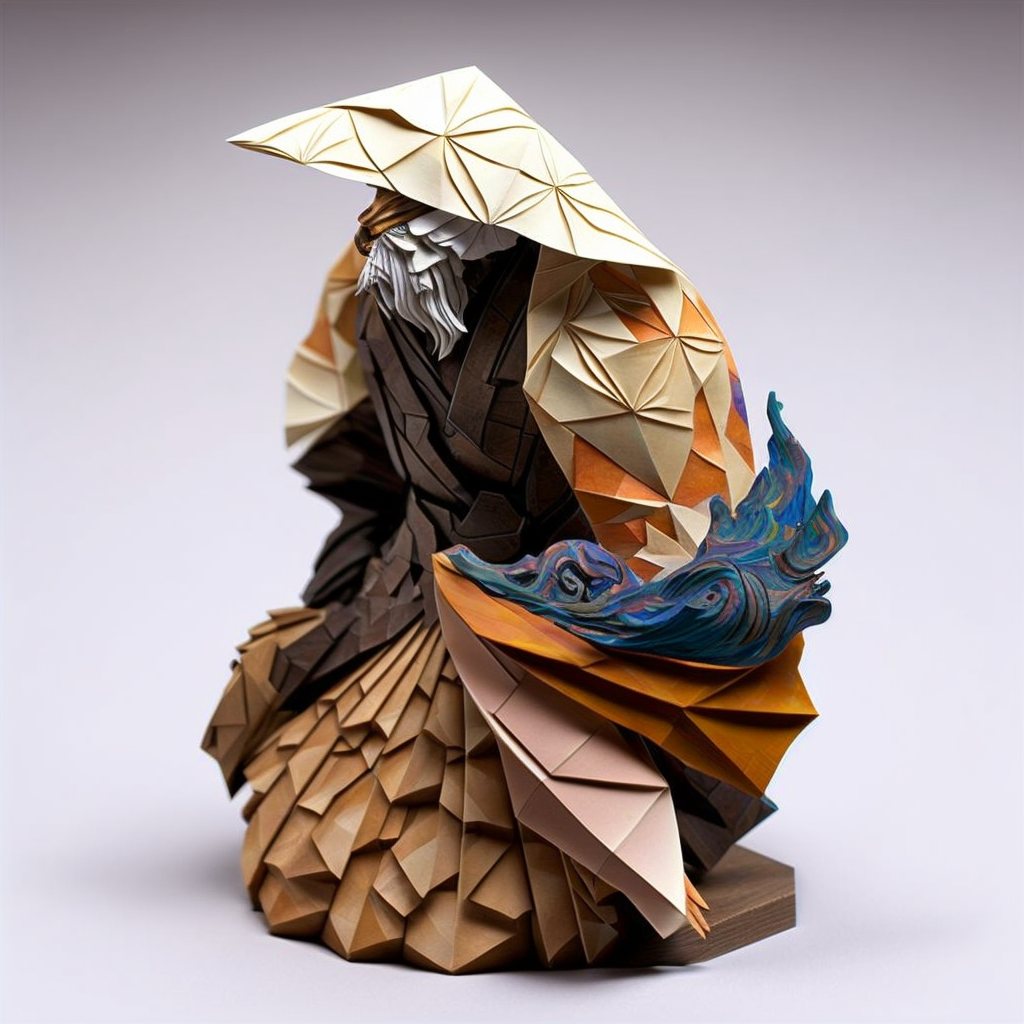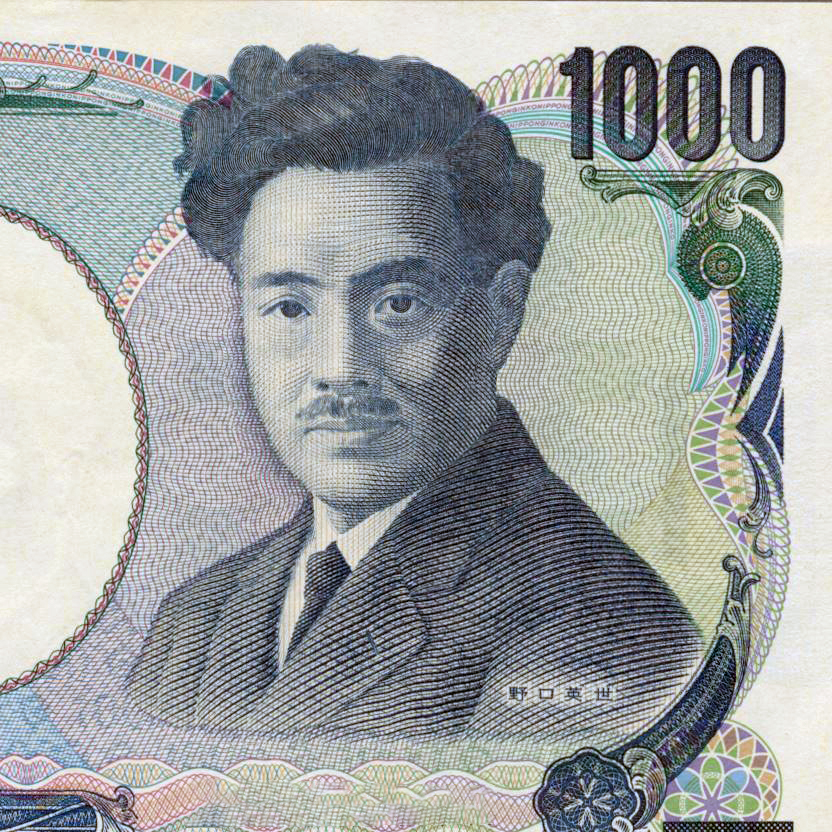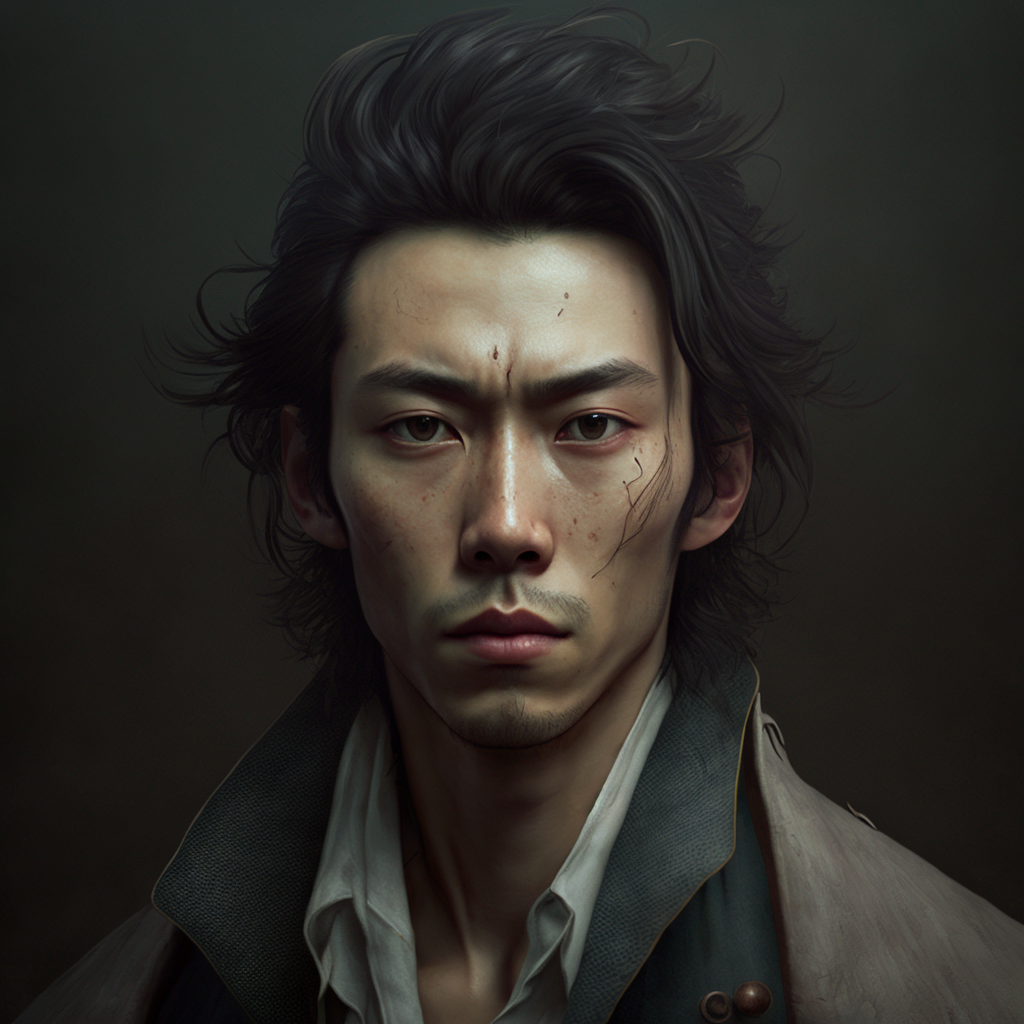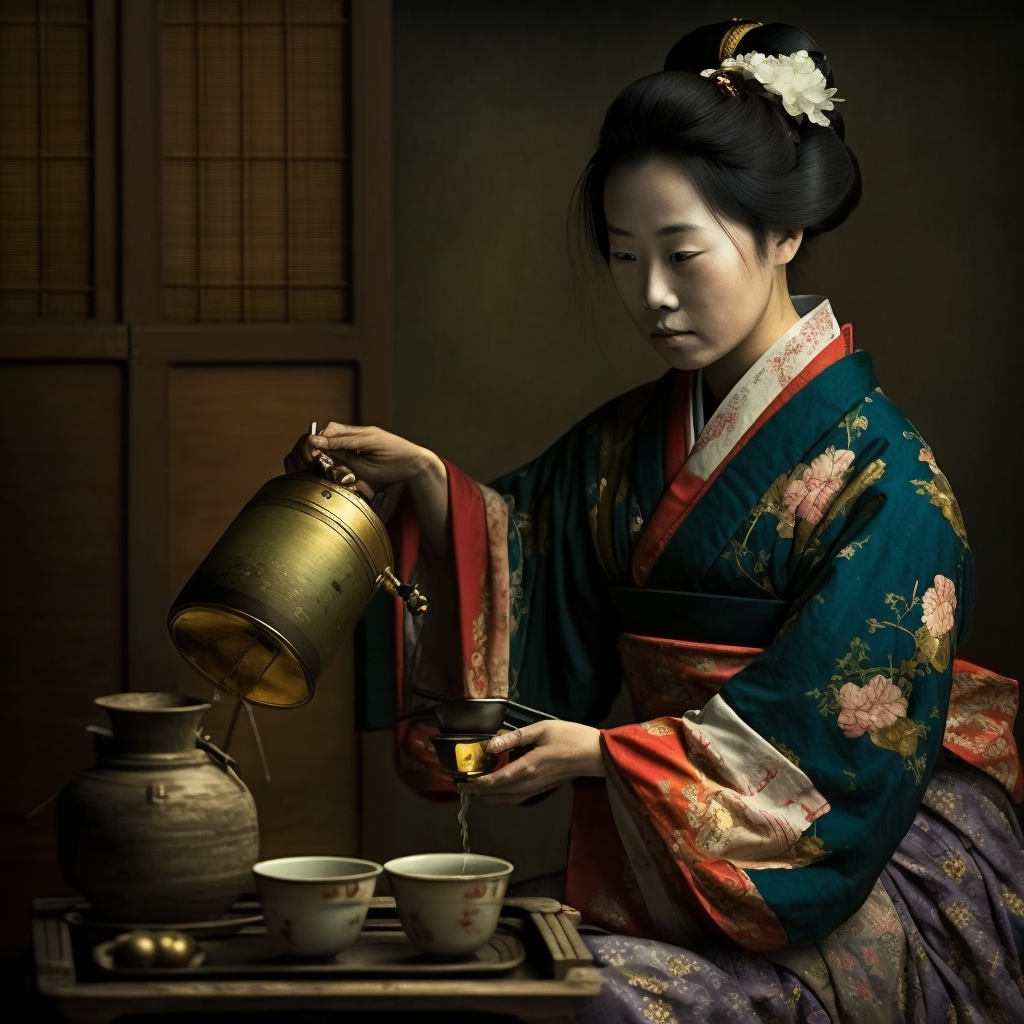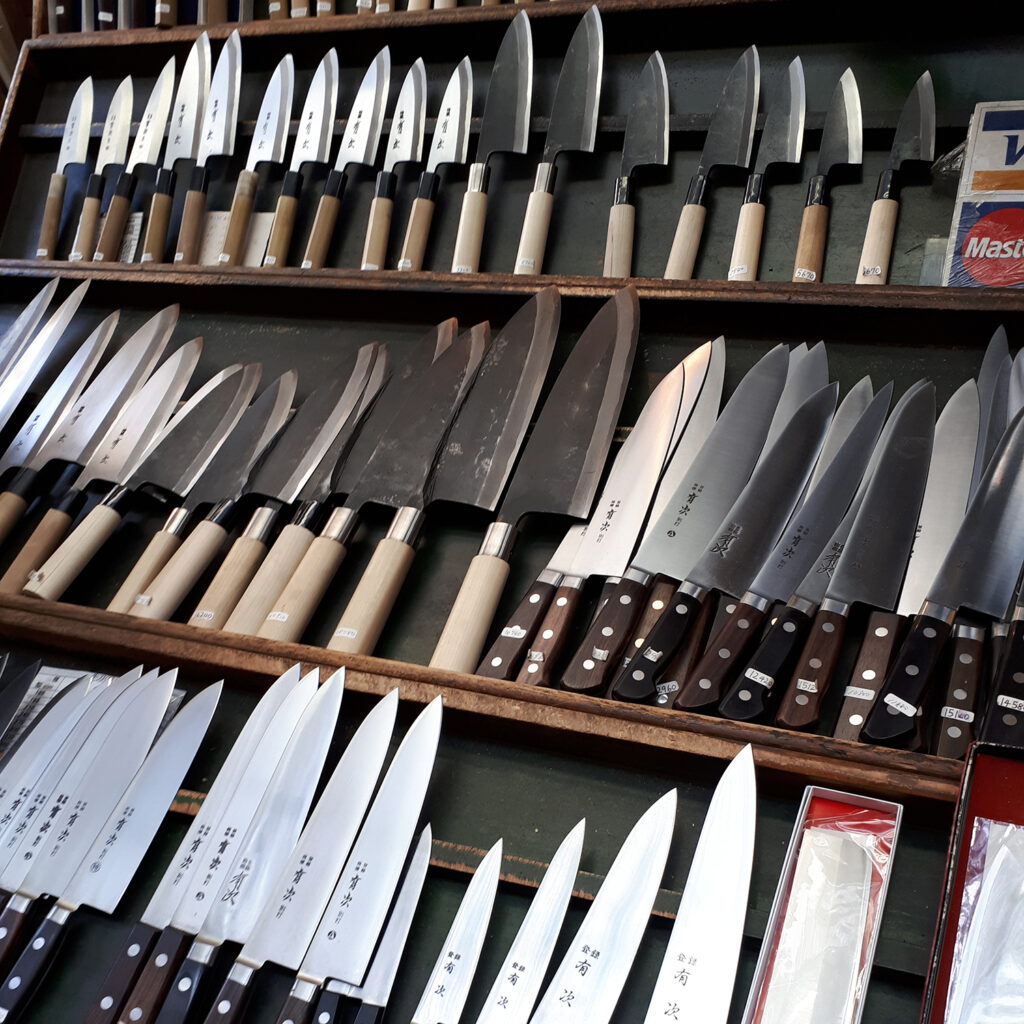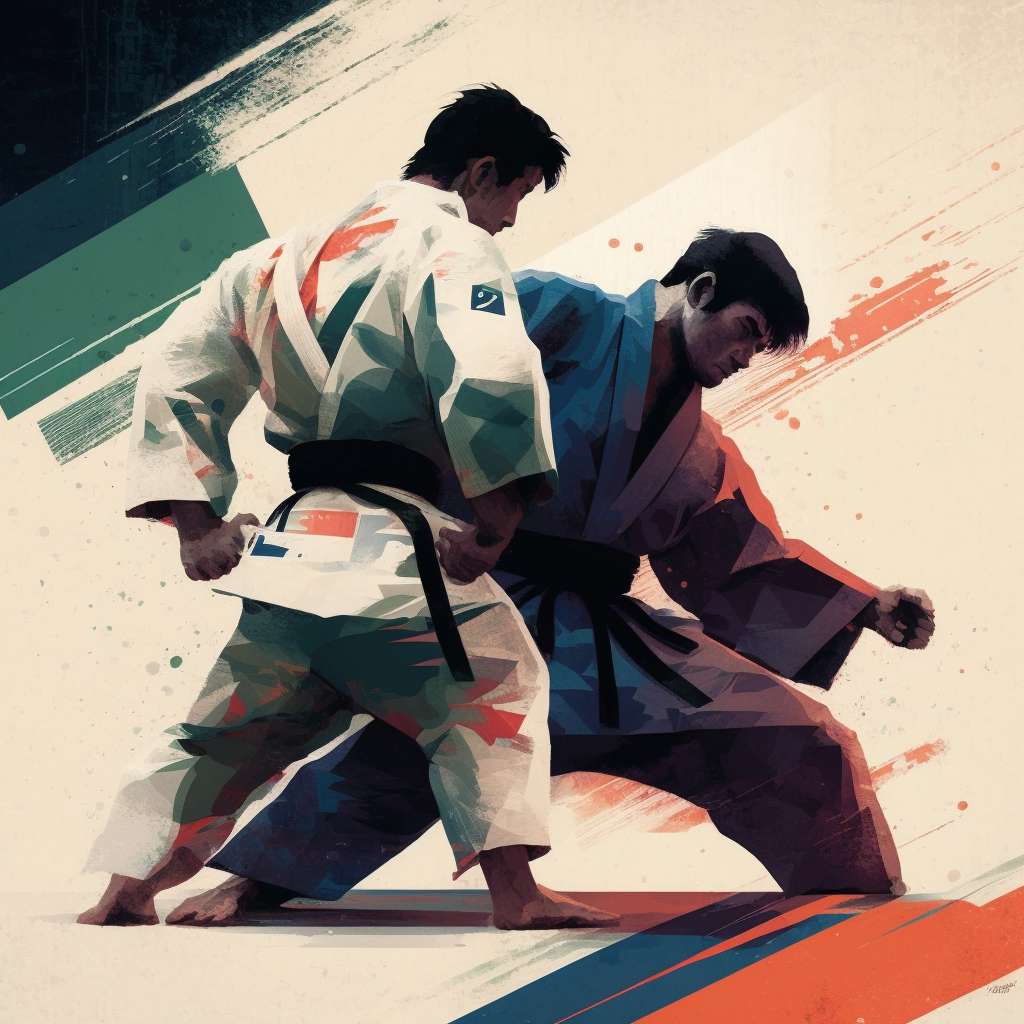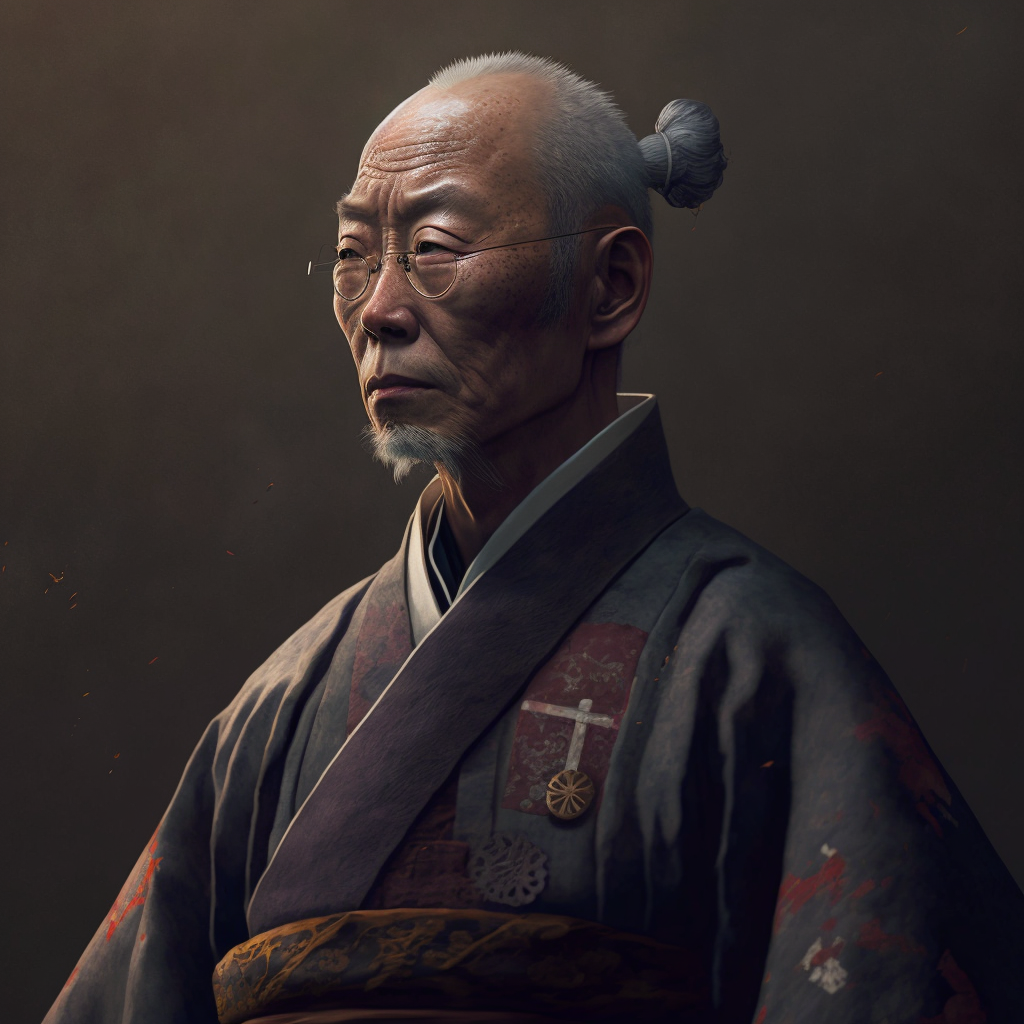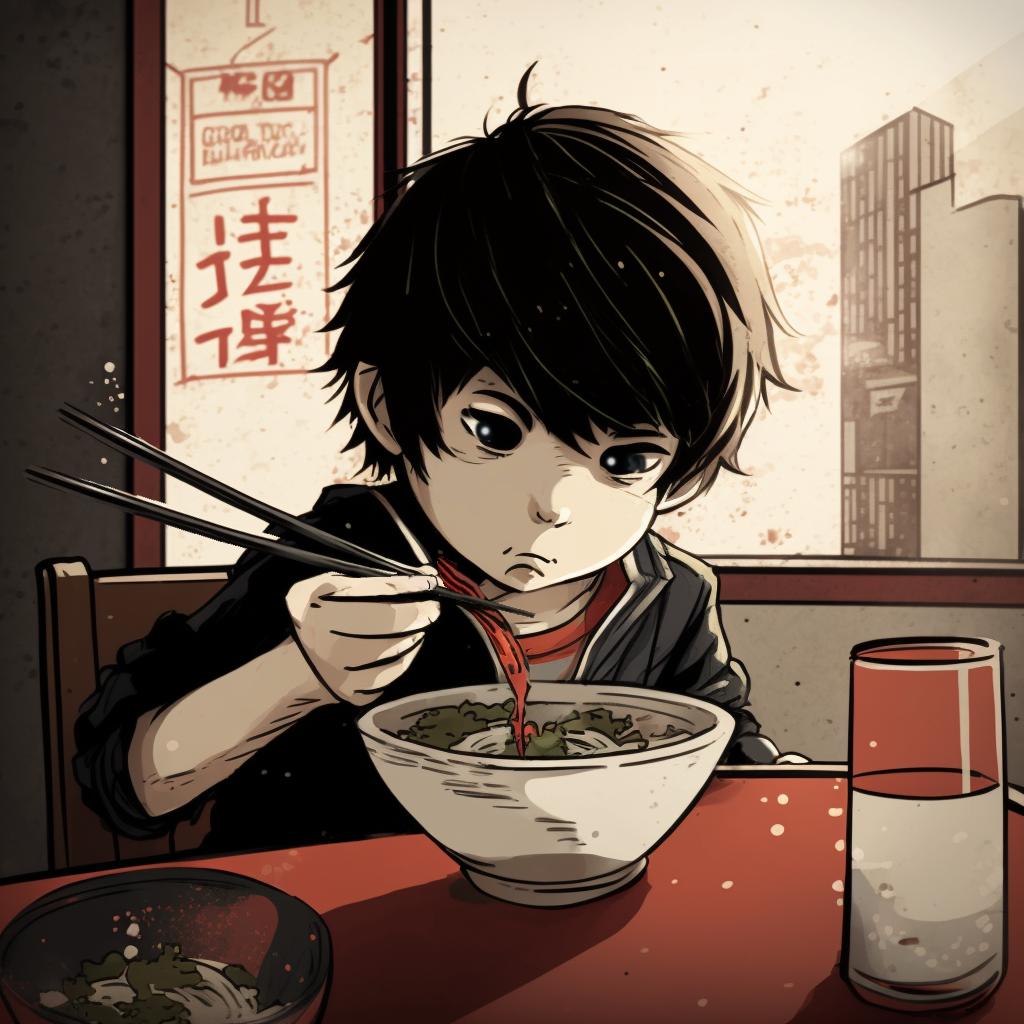Showa Day
Showa Day, Shōwa no Hi (昭和の日) is a holiday celebrated in Japan on 29 April to commemorate the birthday of Emperor Hirohito, who ruled Japan from 1926 to 1989 as Emperor Showa. The holiday was established in 2007 as an official public holiday to honour Emperor Showa and his long and important contribution to Japanese …

